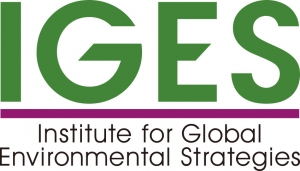Download Summary
Imagining what a sustainable future looks like can be a powerful motivator for creating these futures. Unfortunately, a lack of experience has rendered our collective vision for such a future rather unimaginative.
To open our eyes to what’s actually possible, this project demonstrated how the choices we make today help create a more sustainable tomorrow. To do this, researchers conducted a comprehensive literature review, an empirical analysis of current sustainable policies, and a scientific assessment of different sustainable future scenarios.
Based on this work, the project developed 30 case studies, each of which showcases how a government, business, community, or individual is successfully adopting best practices in sustainable lifestyles. The case studies are backed by informative visuals, a dedicated website, and an in-depth report. Together, these tools ensure that all stakeholders have an evidence-based foundation from which to envision a sustainable future.








